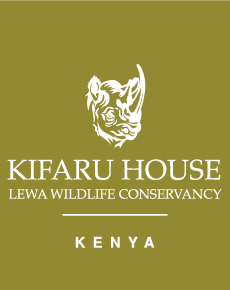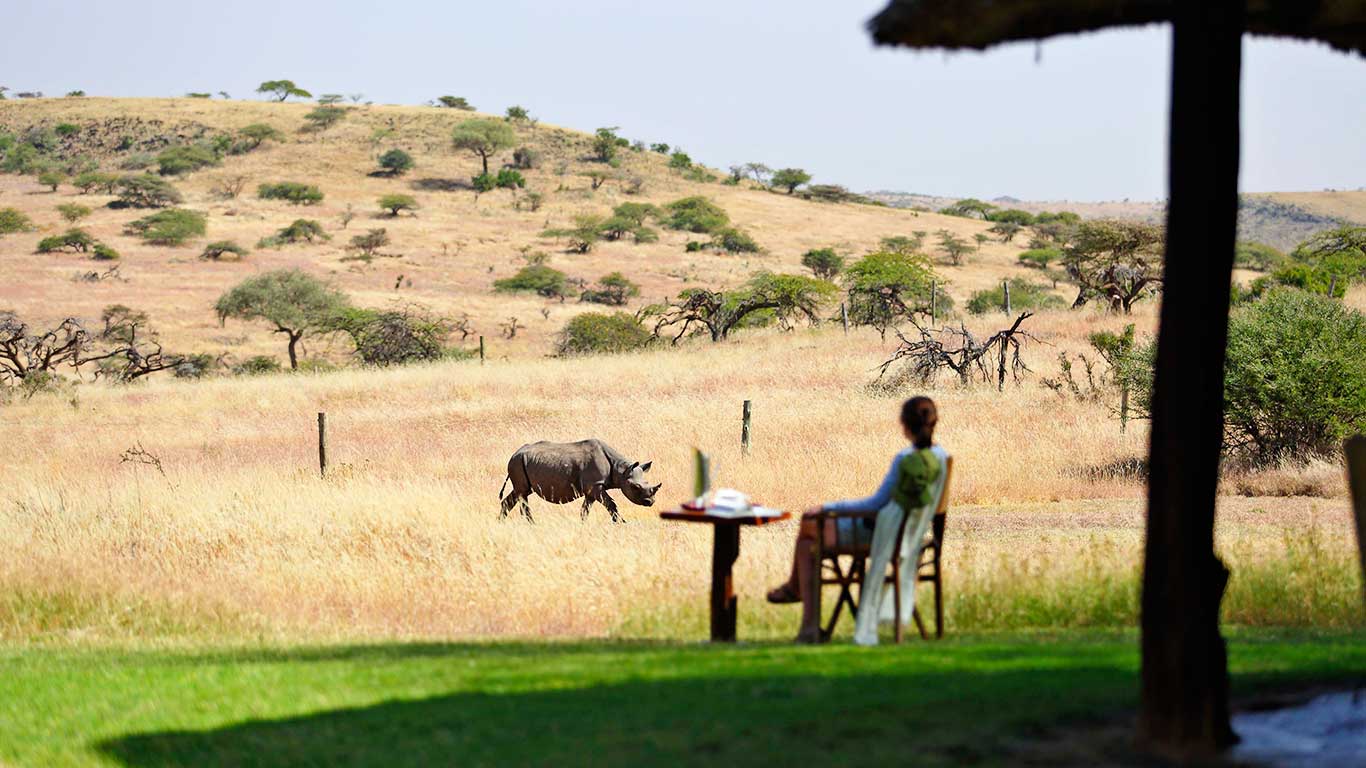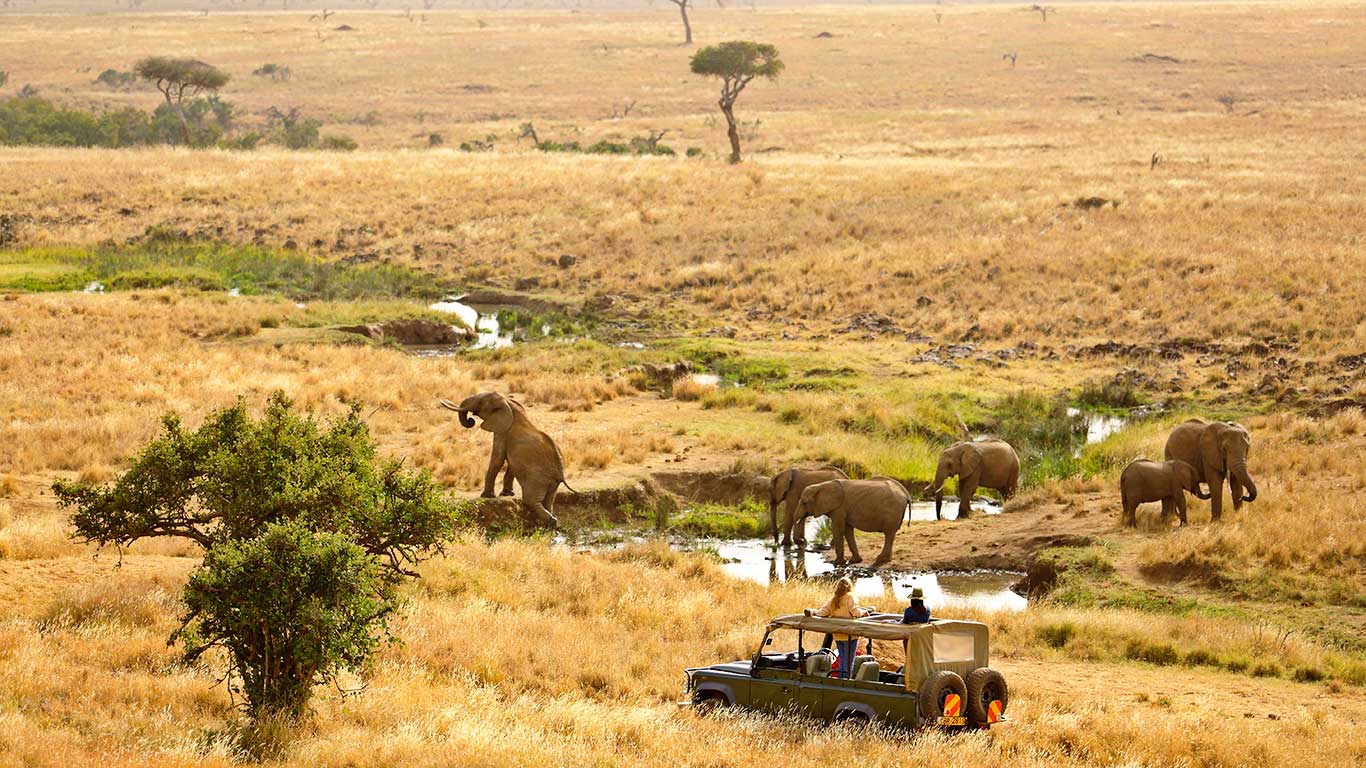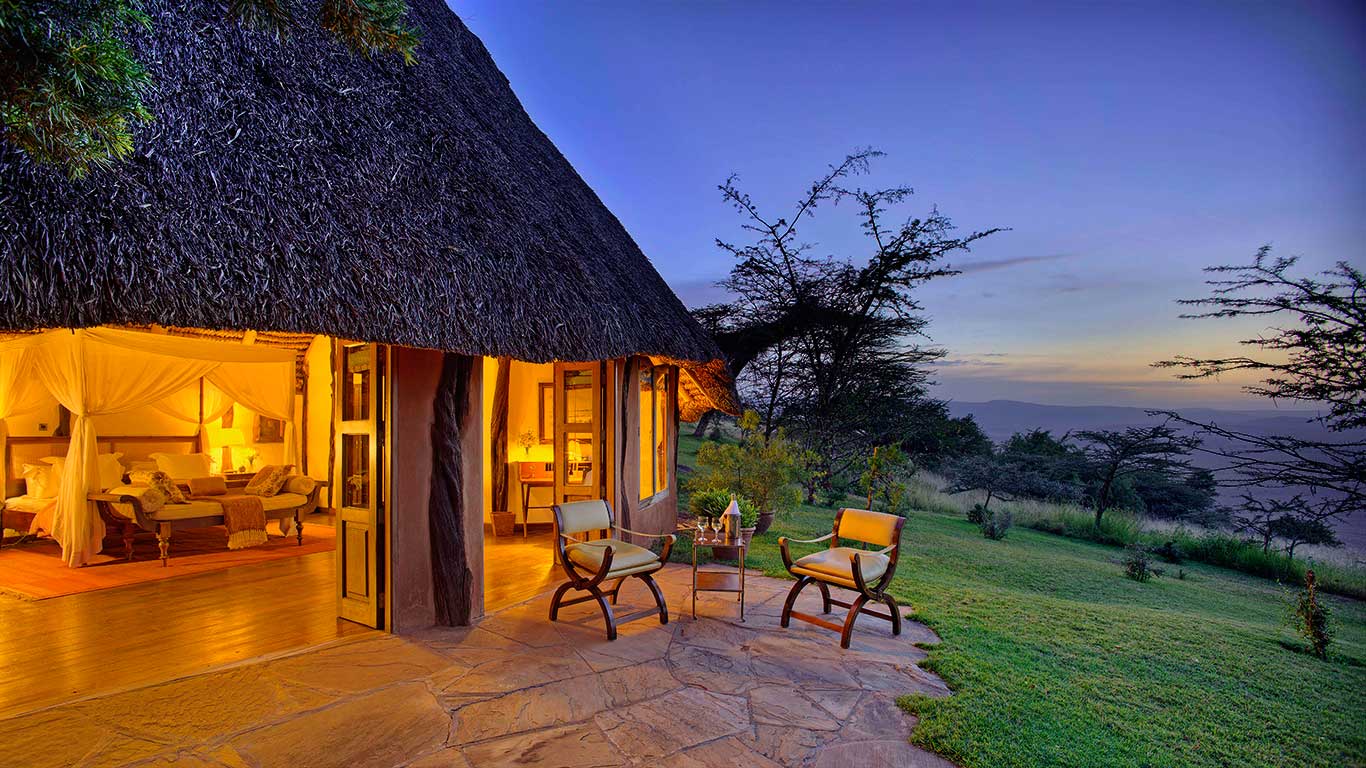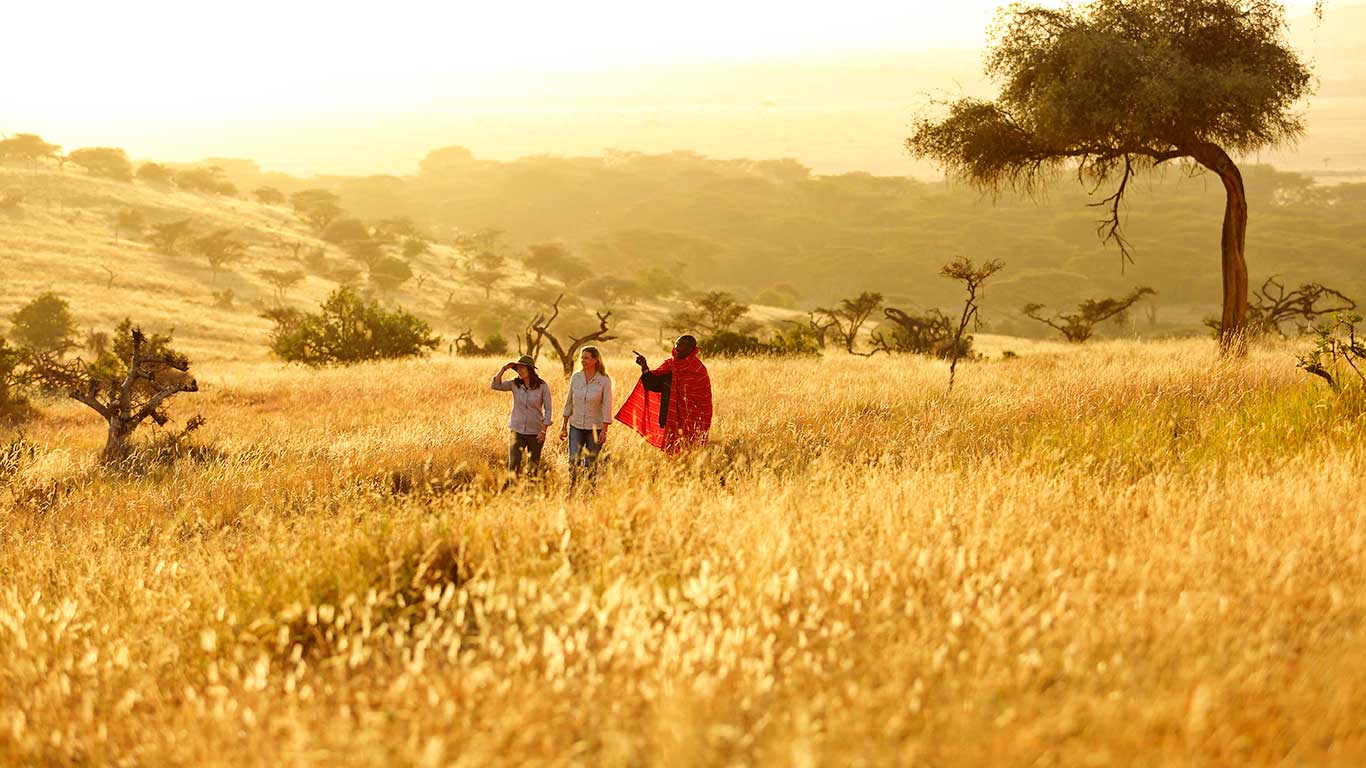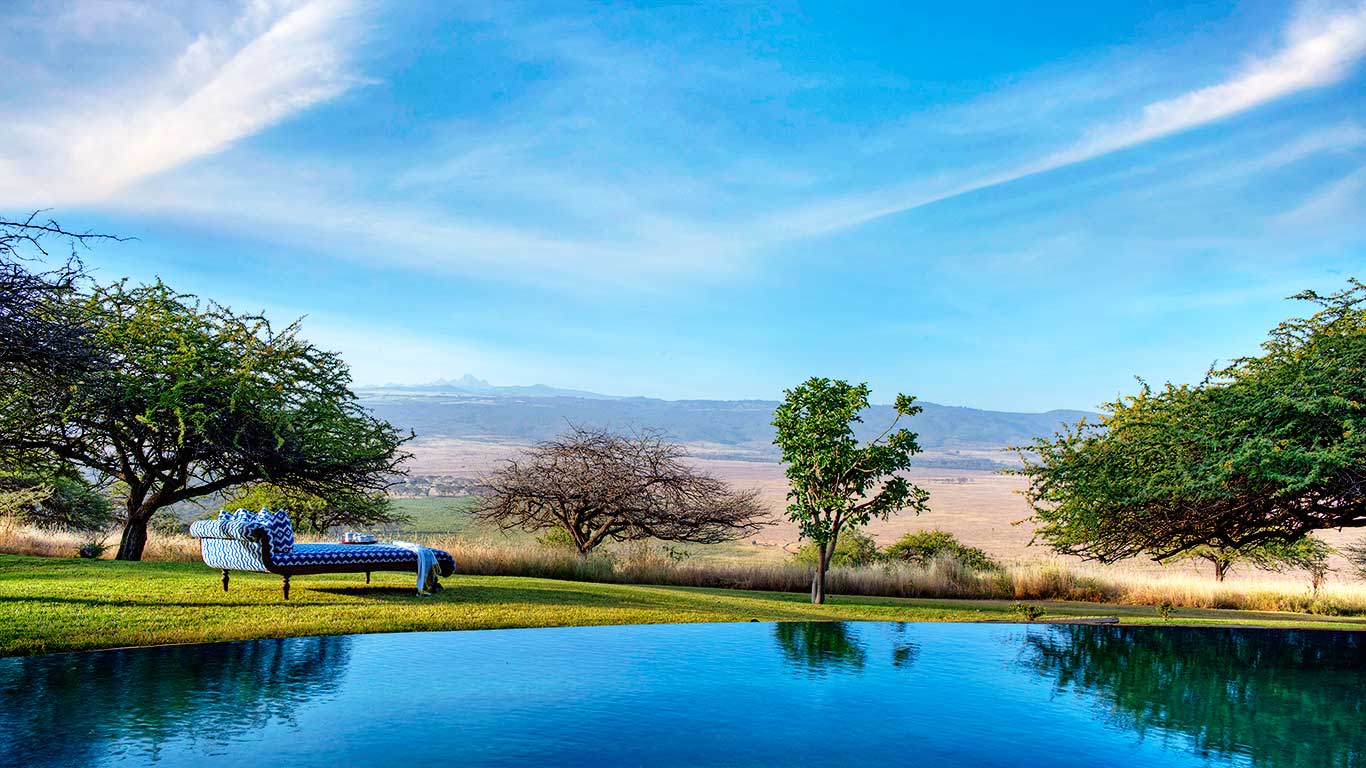The Conservancy
The conservancy covers 65,000 acres, a vast wilderness. Lewa has dramatic views to the south of snow capped Mt. Kenya, and to the north down to the arid lands of Tassia and Il Ngwesi. It has many diverse habitats from pristine forest, fertile grasslands, extensive springs and acacia woodland.
Registered as a rhino conservancy in 1983, the conservancy is famous for its successful rhino and Grevy zebra breeding, two endangered species; Lewa is home to 10% of Kenya’s rhino, and 20% of the worlds population of Grevy zebra. The whole conservancy is fenced, and the conservancy employs over 150 rangers. The conservancy does extensive outreach work into the surrounding communities with its Community Development Program, including healthcare, education, micro-finance, and water projects – in order to share with the community the benefits of wildlife.
With over 70 recorded mammal species within the conservancy, for guests, the wildlife experience is unrivalled.
